Home>Gardening & Outdoor>Outdoor Structures>Why Does Composite Decking Have Grooves On The Bottom
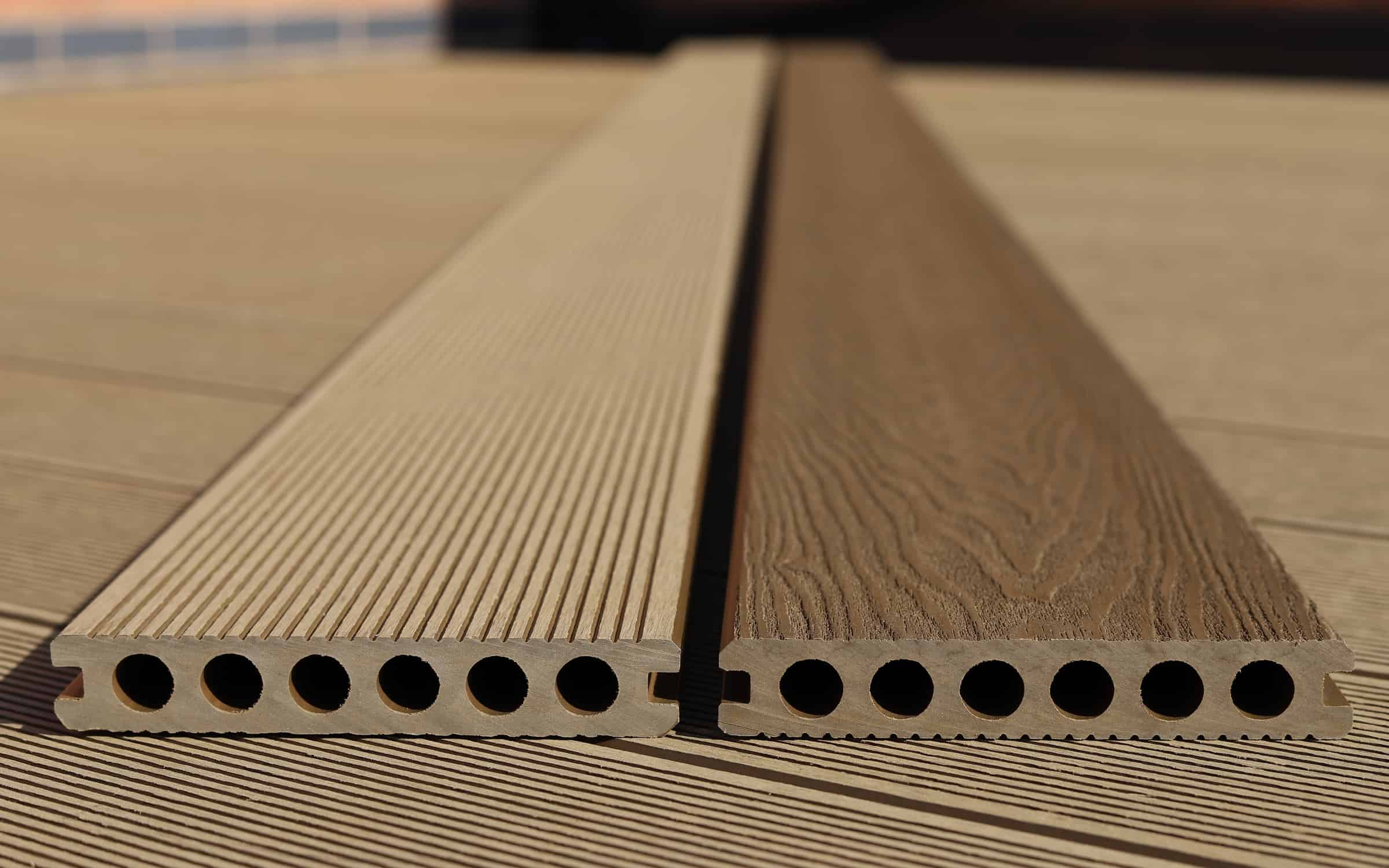

Outdoor Structures
Why Does Composite Decking Have Grooves On The Bottom
Modified: January 9, 2024
Discover the purpose of grooves on the underside of composite decking and how they enhance outdoor structures. Explore the benefits of this innovative design for your outdoor living space.
(Many of the links in this article redirect to a specific reviewed product. Your purchase of these products through affiliate links helps to generate commission for Storables.com, at no extra cost. Learn more)
Introduction
Welcome to the world of composite decking, where innovation meets outdoor aesthetics. If you’ve ever strolled across a composite deck, you may have noticed an intriguing feature: the grooves on the bottom of the decking boards. These grooves serve a specific purpose, and understanding their function can shed light on the many benefits of using grooved composite decking for your outdoor living spaces.
Composite decking has revolutionized the concept of outdoor flooring, offering a blend of durability, sustainability, and low maintenance that traditional wood decking struggles to match. As we delve into the world of composite decking and explore the purpose of these grooves, you’ll gain a deeper appreciation for the thoughtful design and practical advantages that grooved composite decking brings to the table.
Key Takeaways:
- Grooves on composite decking improve safety by enhancing traction and drainage, reducing slips and water damage, and minimizing maintenance, making outdoor spaces safer and more durable.
- Grooved composite decking offers practical and aesthetic benefits, including enhanced traction, effective drainage, reduced maintenance, and structural integrity, creating inviting and enduring outdoor living spaces.
Read more: What Is Composite Decking
What is Composite Decking?
Composite decking represents a modern solution to traditional wood decking, providing a durable and low-maintenance alternative that is rapidly gaining popularity among homeowners and outdoor enthusiasts. This innovative decking material is crafted from a blend of recycled wood fibers, plastic, and bonding agents, resulting in a product that offers the natural look and feel of wood without the extensive upkeep.
One of the defining features of composite decking is its resistance to common issues that plague traditional wood decks, such as rotting, splintering, and warping. This resilience is owed to the composite material’s ability to withstand the harsh effects of moisture, UV rays, and general wear and tear, making it an ideal choice for outdoor applications in various climates.
Composite decking comes in a wide array of colors, textures, and finishes, allowing homeowners to achieve their desired aesthetic without sacrificing performance. Whether you prefer the warm, earthy tones of traditional wood or the sleek, modern appearance of contemporary decking, composite materials cater to diverse design preferences.
Furthermore, composite decking contributes to environmental sustainability by utilizing recycled materials and reducing the demand for virgin wood. This eco-friendly approach aligns with the growing emphasis on responsible construction practices and offers a compelling reason for environmentally conscious individuals to choose composite decking for their outdoor projects.
Overall, composite decking embodies a harmonious blend of form and function, combining the timeless appeal of wood with the durability and longevity of modern materials. As we explore the purpose of grooves on composite decking, you’ll gain a deeper understanding of how this innovative product continues to elevate outdoor living experiences.
The Purpose of Grooves on Composite Decking
As you inspect a piece of grooved composite decking, you may wonder about the significance of these distinctive indentations. The grooves, also known as channels or ridges, are not merely decorative; they serve a crucial functional role in optimizing the performance and longevity of composite decking.
The primary purpose of the grooves on composite decking is to enhance traction and provide effective drainage. When installed outdoors, decks are exposed to various environmental elements, including rain, snow, and moisture. These grooves are strategically designed to create a textured surface that improves slip resistance, reducing the risk of accidental slips and falls, especially in wet conditions. This feature is particularly beneficial for households with children, seniors, or pets, as it enhances safety without compromising the visual appeal of the deck.
Moreover, the grooves facilitate efficient water drainage by directing moisture away from the decking surface. This is particularly advantageous in regions prone to heavy rainfall or high humidity, as it helps prevent water from pooling on the deck and potentially causing issues such as mold, mildew, or water damage. By promoting proper drainage, the grooves contribute to the overall structural integrity and longevity of the composite decking, ensuring that it remains resilient and visually appealing for years to come.
Additionally, the presence of grooves can minimize the expansion and contraction of the decking material due to temperature fluctuations. This can help mitigate the risk of warping or cupping, which are common concerns with traditional wood decking. The channels allow for improved airflow beneath the boards, reducing the likelihood of moisture accumulation and preserving the stability of the decking in various weather conditions.
By understanding the purpose of these grooves, homeowners and outdoor enthusiasts can make informed decisions when selecting decking materials for their projects. The next section will delve into the numerous benefits of grooved composite decking, shedding light on the advantages that extend beyond its functional design.
The grooves on the bottom of composite decking help with air circulation and drainage, preventing moisture buildup and potential mold or mildew growth.
Benefits of Grooved Composite Decking
Grooved composite decking offers a host of advantages that cater to both practical and aesthetic considerations, making it a compelling choice for outdoor flooring solutions. Understanding the benefits of this specialized decking can empower homeowners to make informed decisions when enhancing their outdoor living spaces.
- Enhanced Traction: The grooves on composite decking significantly improve traction, reducing the likelihood of slips and falls, especially in wet conditions. This feature promotes safety and peace of mind for families and individuals using the deck.
- Effective Drainage: The grooves facilitate efficient water drainage, preventing moisture buildup and potential water damage. This helps maintain the structural integrity of the decking and minimizes the risk of issues such as mold and mildew.
- Reduced Maintenance: Grooved composite decking typically requires less maintenance than traditional wood decking, as the design helps prevent common issues such as rotting, splintering, and warping. This results in long-term cost savings and minimizes the need for frequent upkeep.
- Enhanced Aesthetics: The grooves add visual interest to the decking while offering a practical purpose. This textured surface contributes to the overall appeal of the outdoor space, creating a sophisticated and inviting atmosphere.
- Structural Integrity: By minimizing the expansion and contraction of the decking material, the grooves help maintain the structural stability of the deck, reducing the risk of warping or cupping due to temperature fluctuations. This contributes to the longevity of the decking and ensures long-term performance.
Furthermore, grooved composite decking provides versatility in design and installation, allowing for various layout options and customization possibilities. Whether used for residential decks, commercial spaces, or outdoor amenities, grooved composite decking offers a blend of practical functionality and aesthetic appeal that elevates the outdoor living experience.
By harnessing the benefits of grooved composite decking, homeowners can create outdoor environments that harmonize safety, durability, and visual allure. This innovative decking solution continues to redefine the standards of outdoor flooring, offering a compelling blend of performance and style that resonates with modern lifestyles.
Conclusion
In conclusion, the presence of grooves on composite decking serves as a testament to the thoughtful design and multifaceted advantages of this innovative outdoor flooring solution. The purposeful integration of these grooves enhances the safety, durability, and aesthetic appeal of composite decking, offering a comprehensive package that caters to the diverse needs of homeowners and outdoor enthusiasts.
As we’ve explored, grooved composite decking excels in promoting safety through enhanced traction and effective water drainage, mitigating common concerns associated with traditional wood decking. This feature not only contributes to a secure and reliable outdoor space but also minimizes the need for extensive maintenance, resulting in long-term cost savings and peace of mind for homeowners.
Furthermore, the visual impact of grooved composite decking is undeniable, adding texture and character to outdoor environments while upholding the structural integrity of the deck. The versatility and customization options available with grooved composite decking empower individuals to create captivating outdoor living spaces that reflect their unique preferences and lifestyle aspirations.
As the demand for sustainable and low-maintenance outdoor solutions continues to grow, grooved composite decking stands out as a compelling choice that harmonizes environmental responsibility with enduring performance. By embracing this innovative decking material, homeowners can elevate their outdoor living experiences, creating inviting and functional spaces that endure the test of time.
In essence, the grooves on composite decking represent a harmonious fusion of form and function, embodying the evolution of outdoor flooring solutions. By understanding the purpose and benefits of these grooves, individuals can embark on their outdoor projects with confidence, knowing that they are investing in a decking material that prioritizes safety, longevity, and visual appeal.
Whether used for residential decks, commercial spaces, or outdoor amenities, grooved composite decking continues to redefine the standards of outdoor flooring, offering a compelling blend of performance and style that resonates with modern lifestyles.
Frequently Asked Questions about Why Does Composite Decking Have Grooves On The Bottom
Was this page helpful?
At Storables.com, we guarantee accurate and reliable information. Our content, validated by Expert Board Contributors, is crafted following stringent Editorial Policies. We're committed to providing you with well-researched, expert-backed insights for all your informational needs.
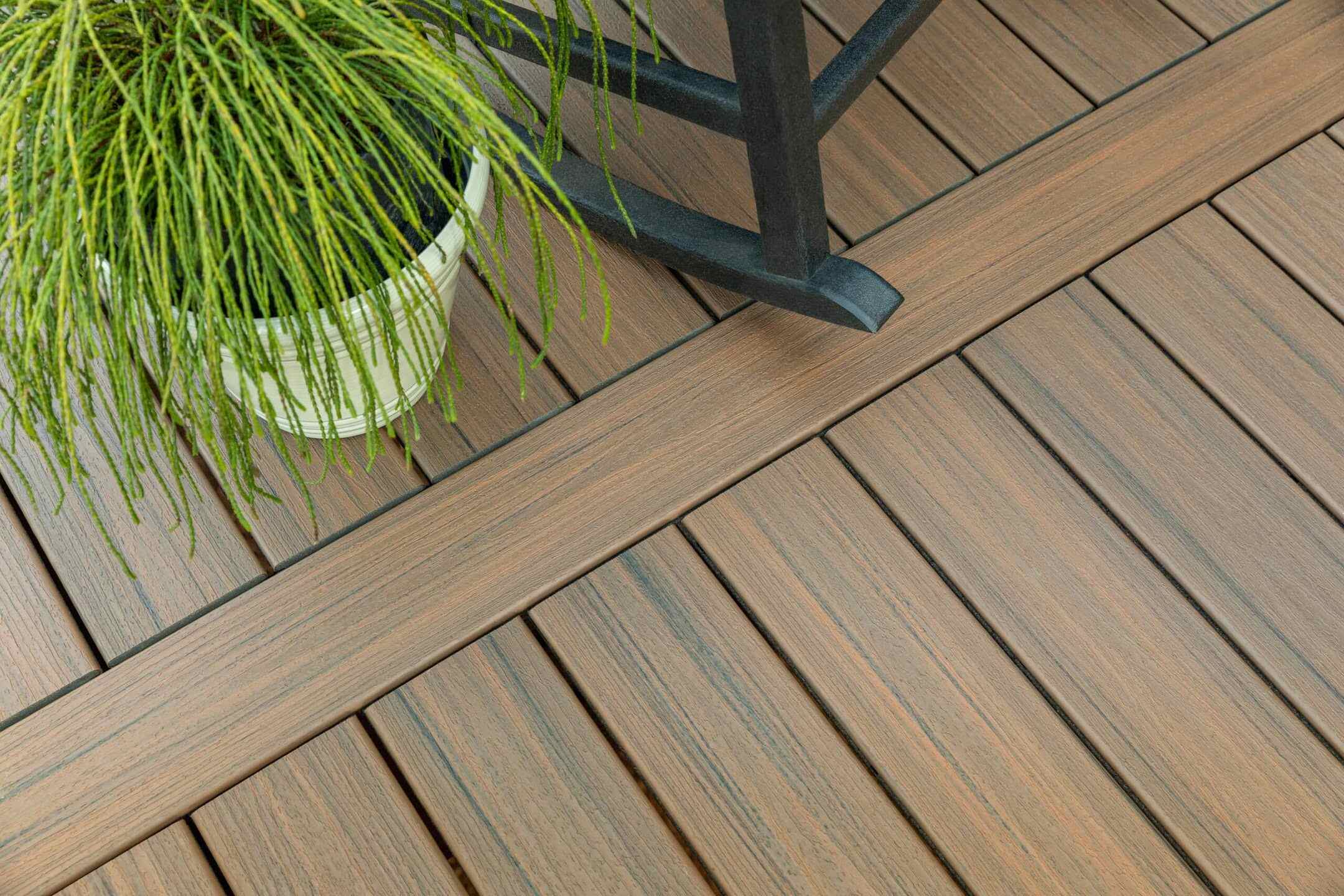
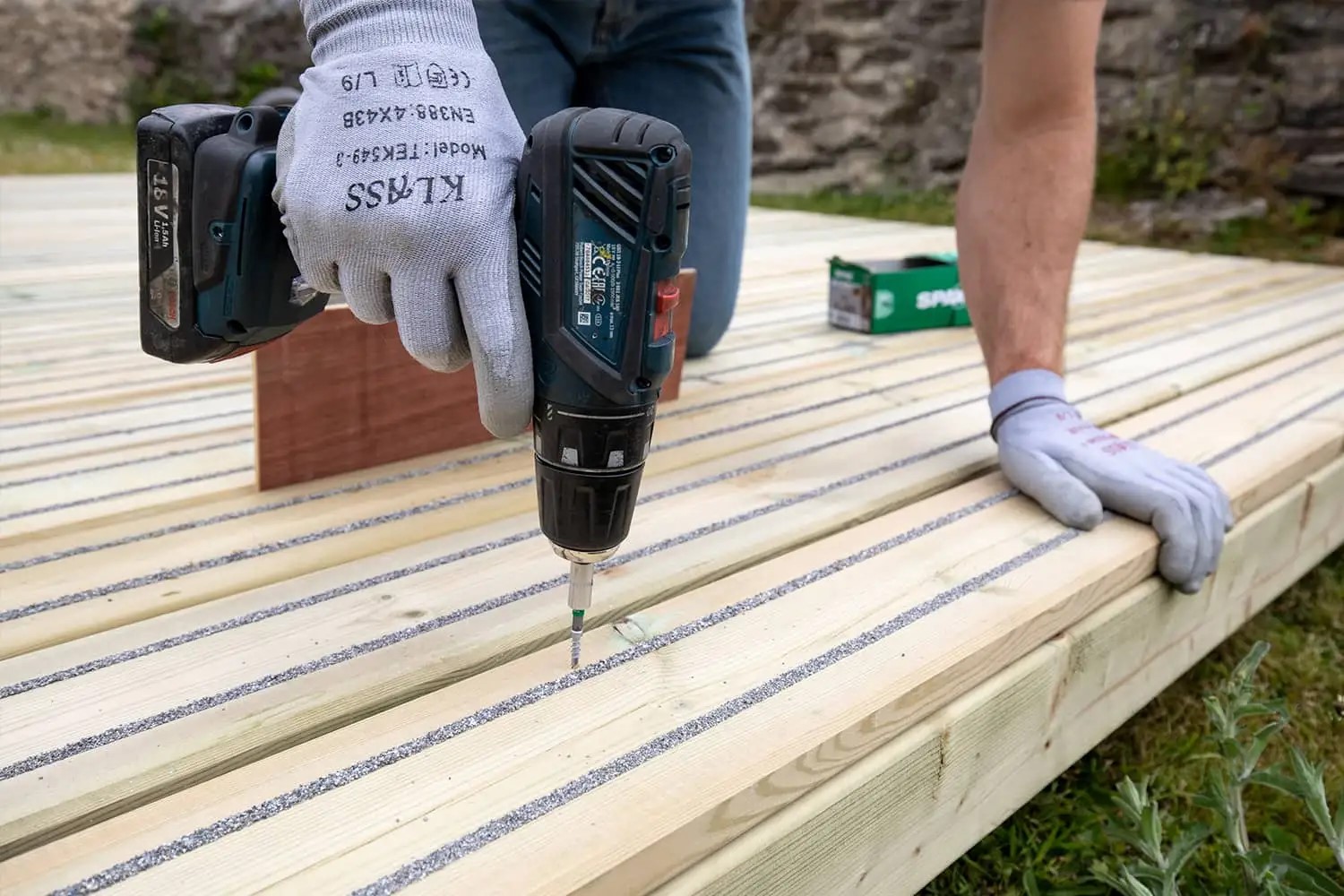
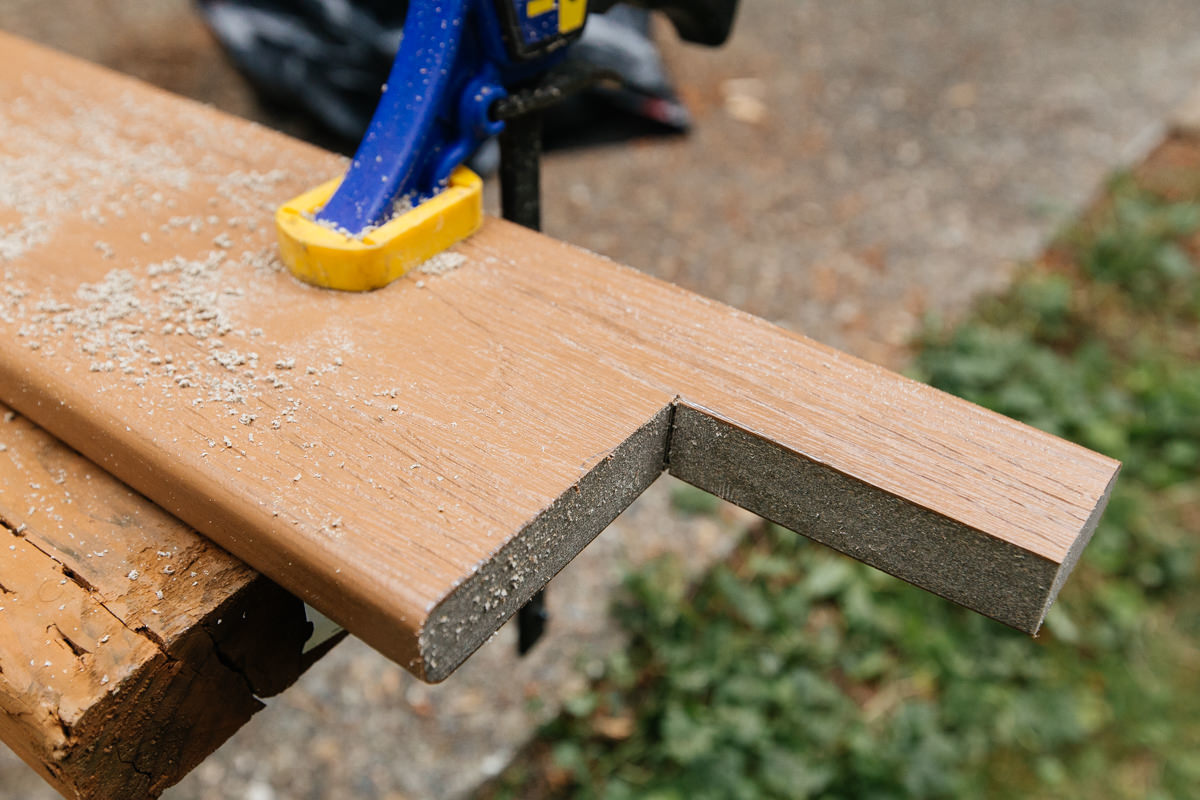
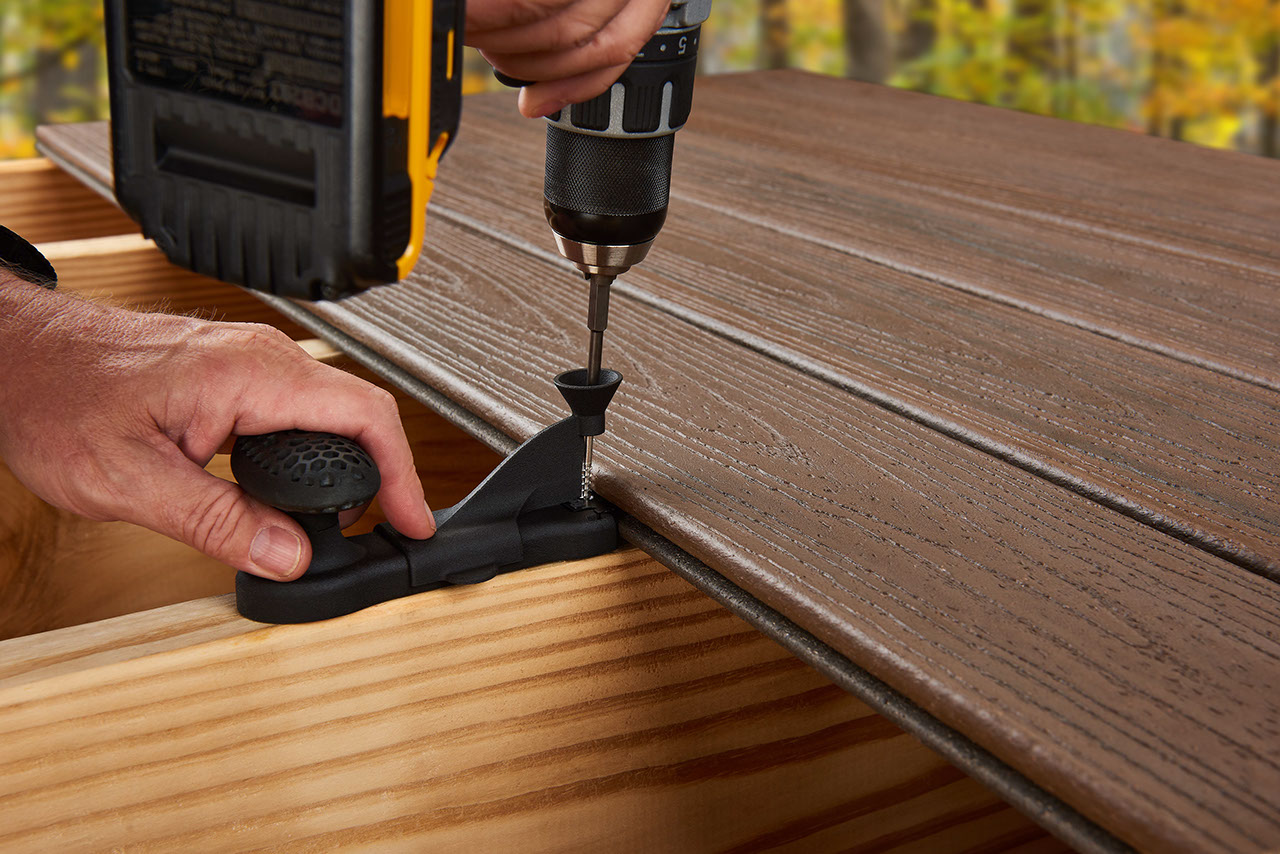

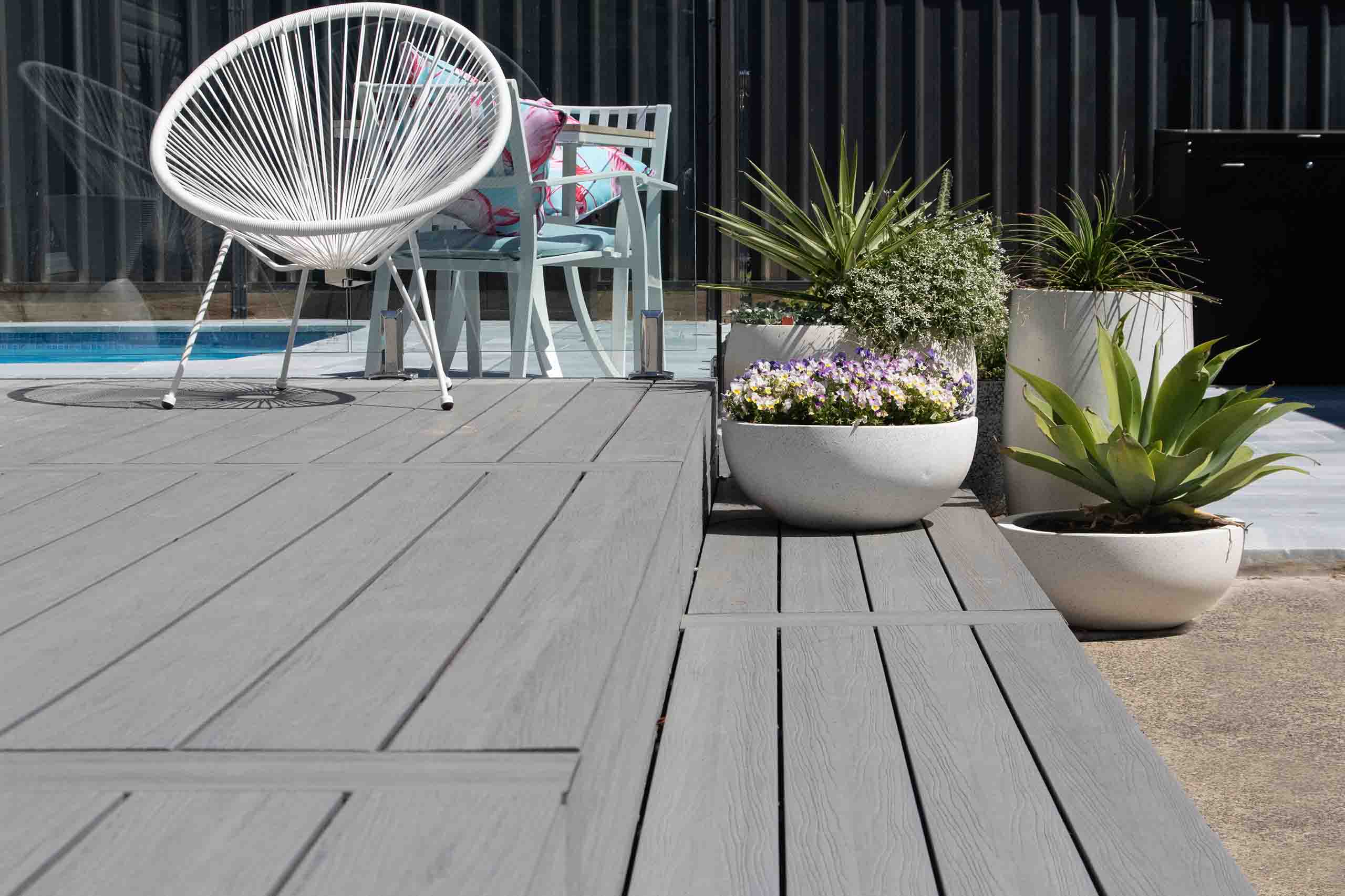
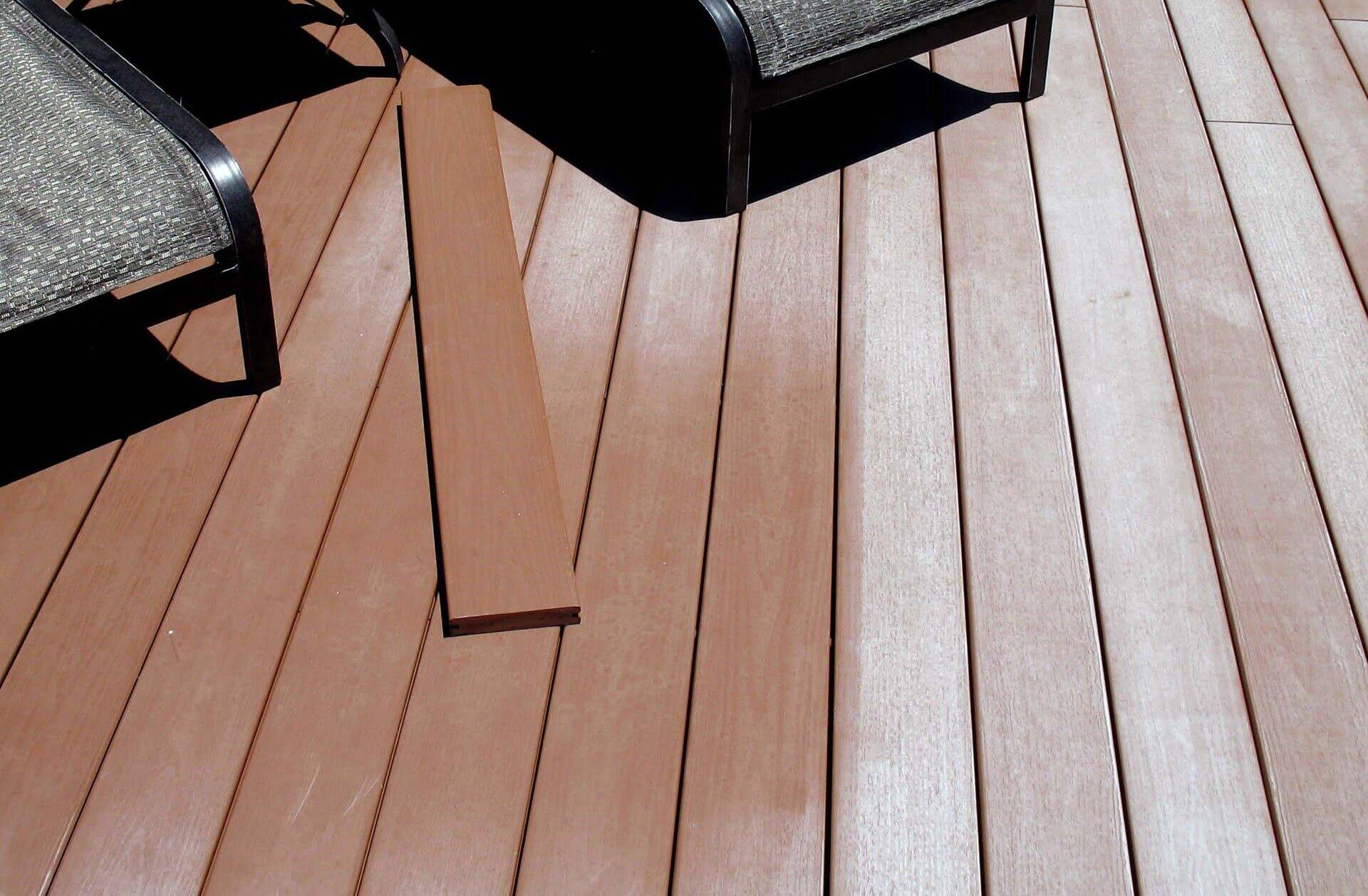
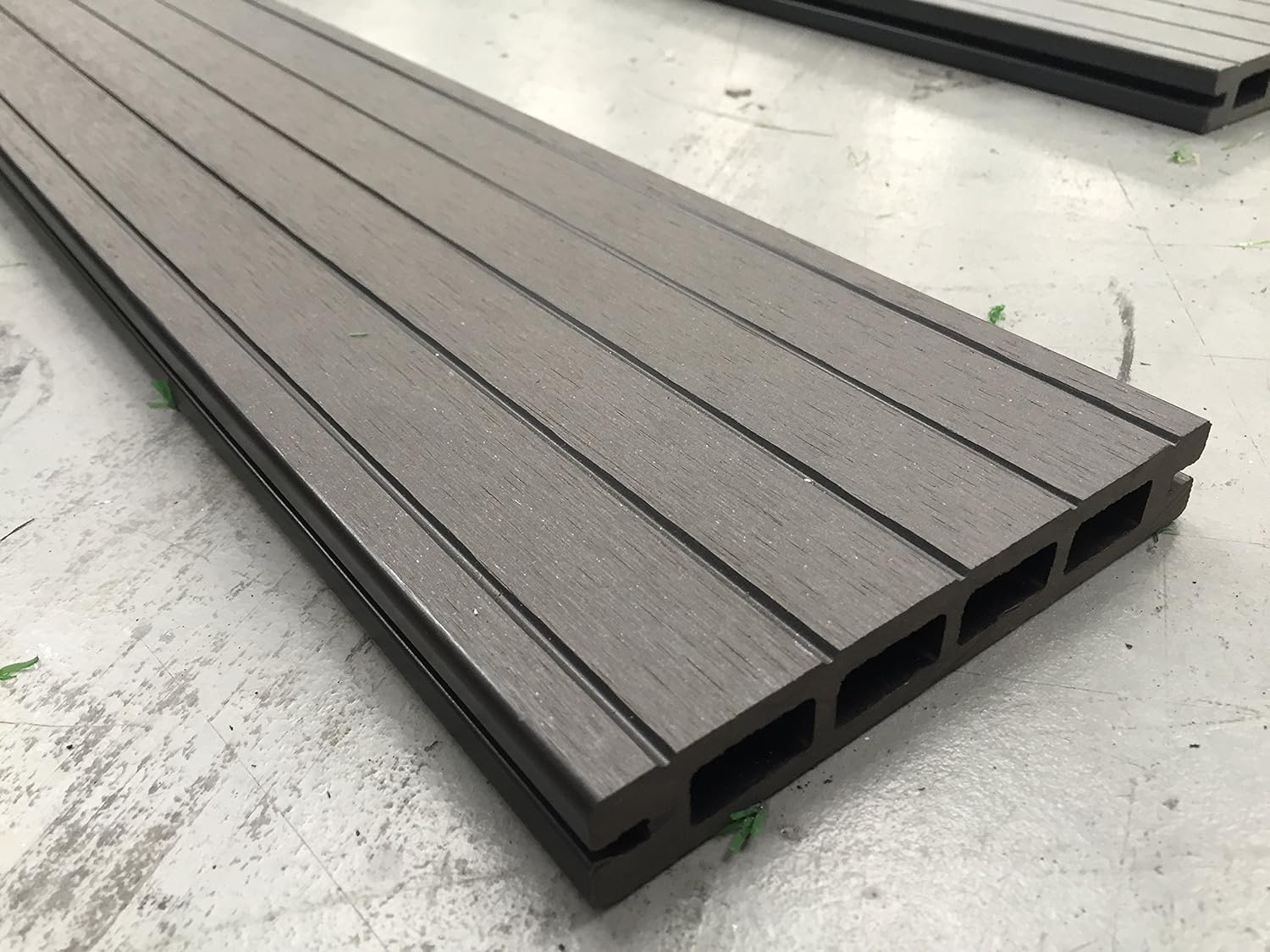
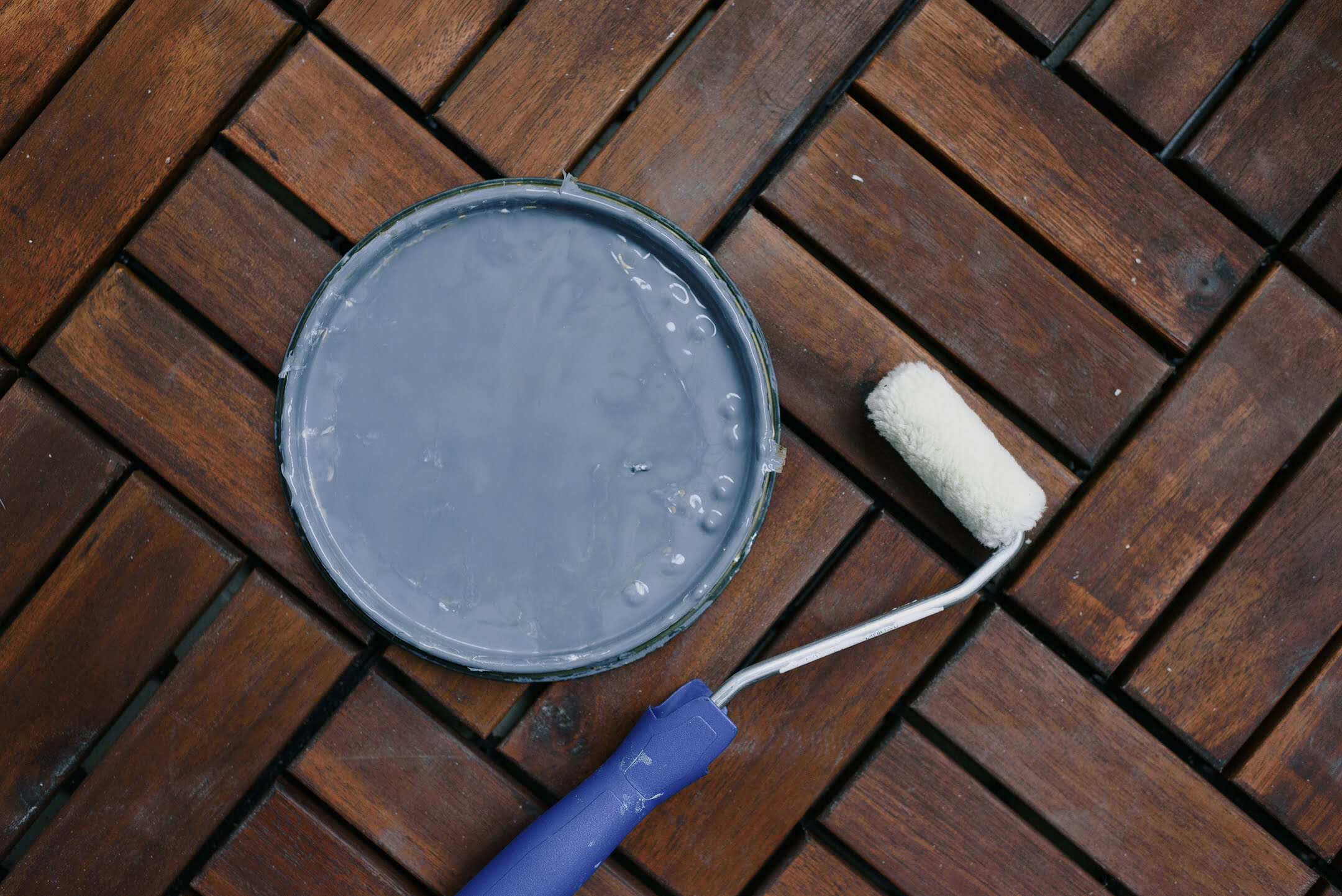
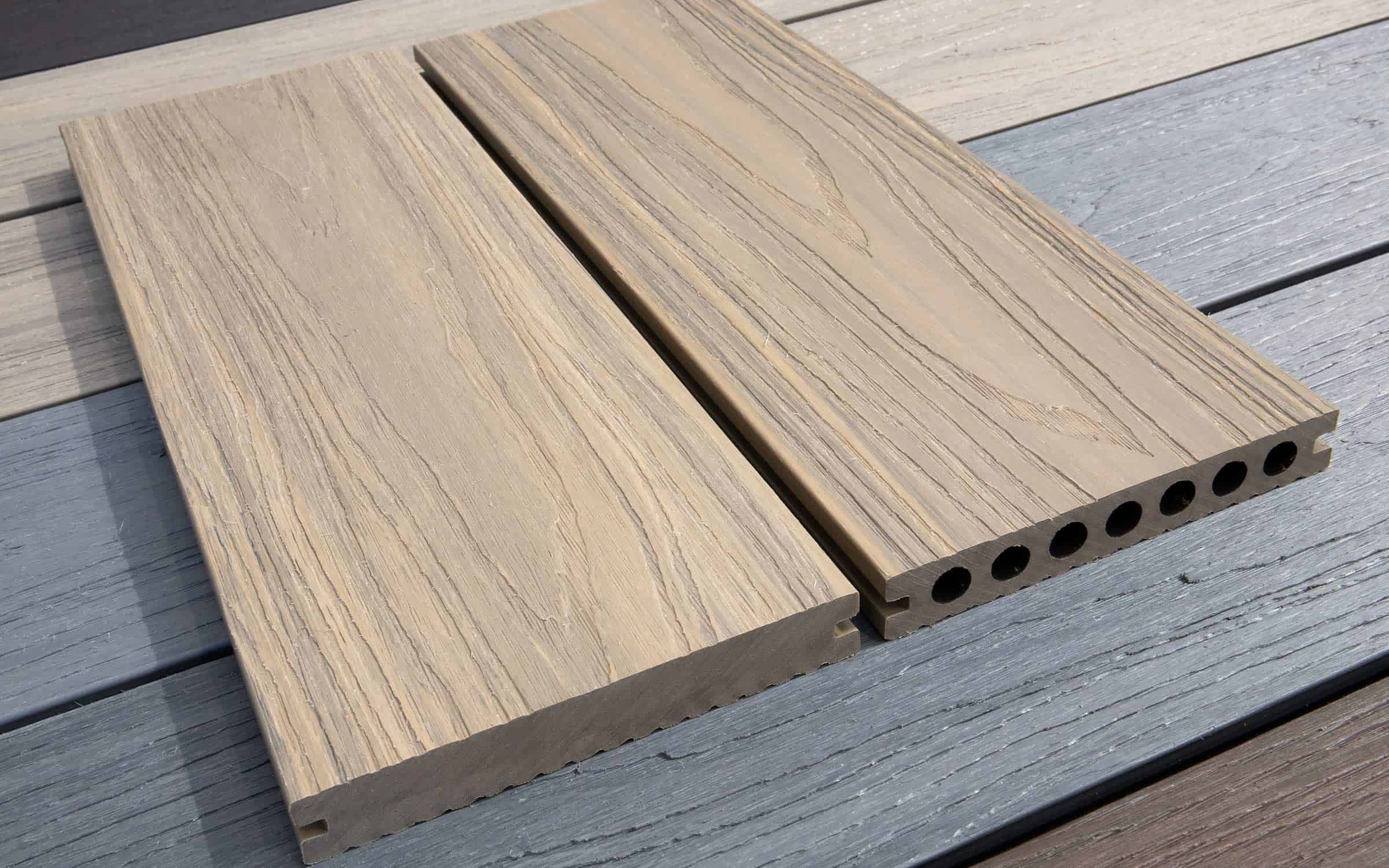
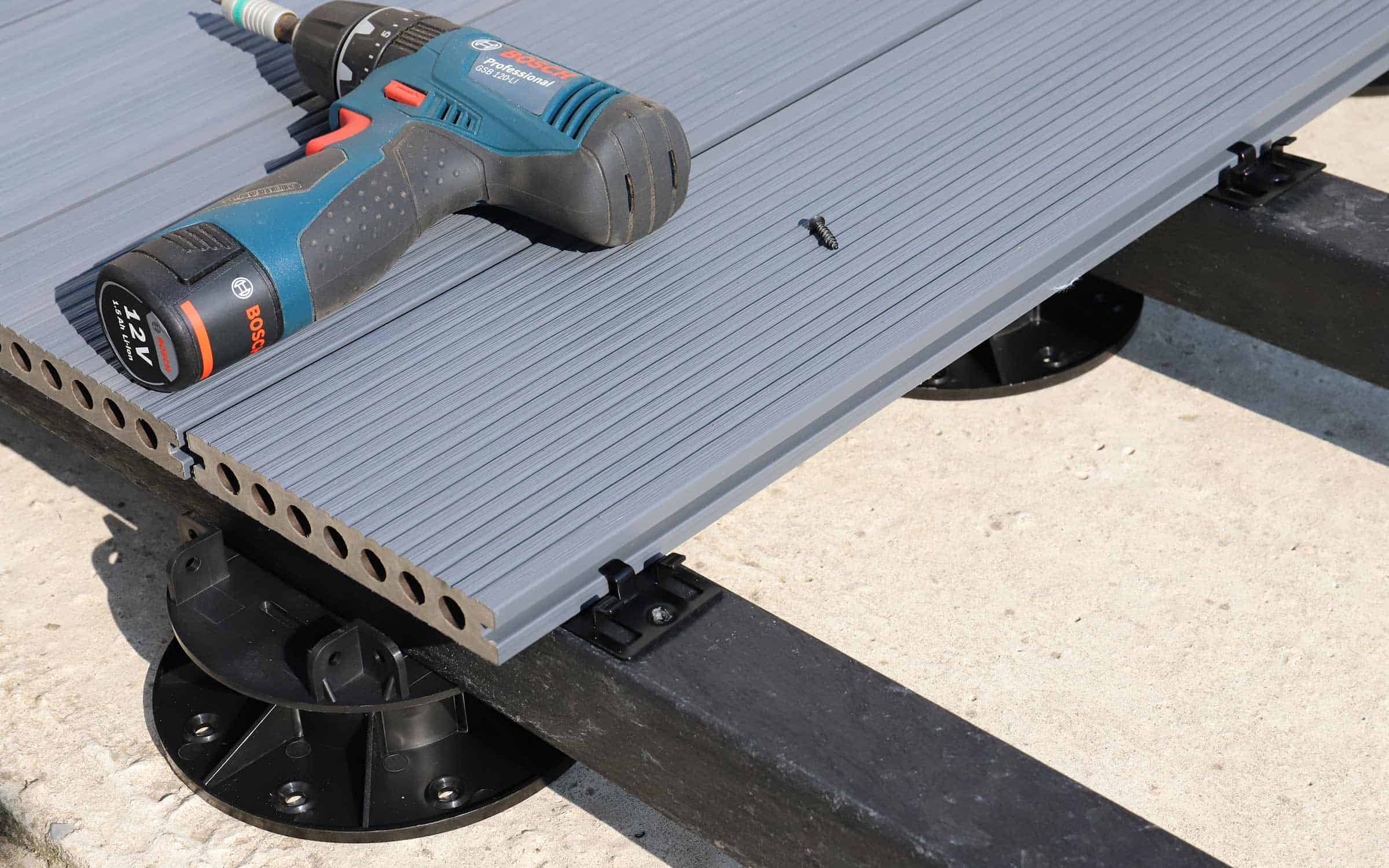
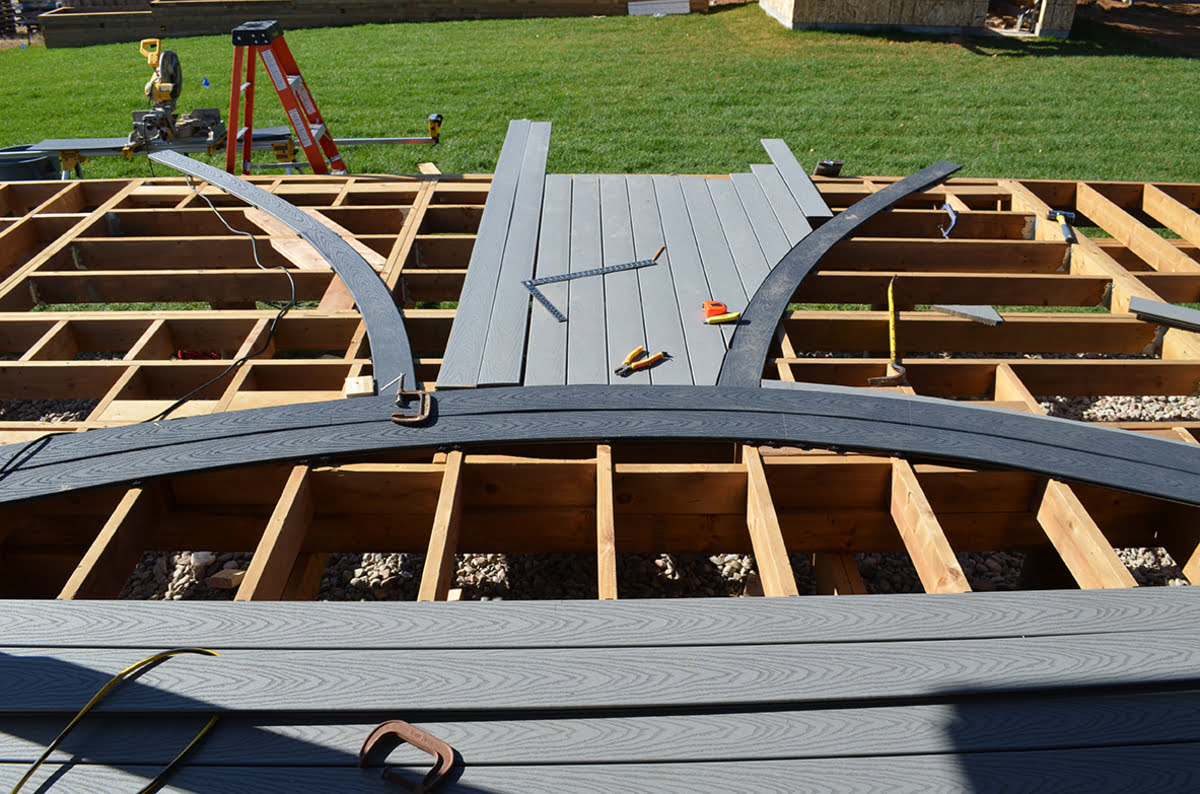
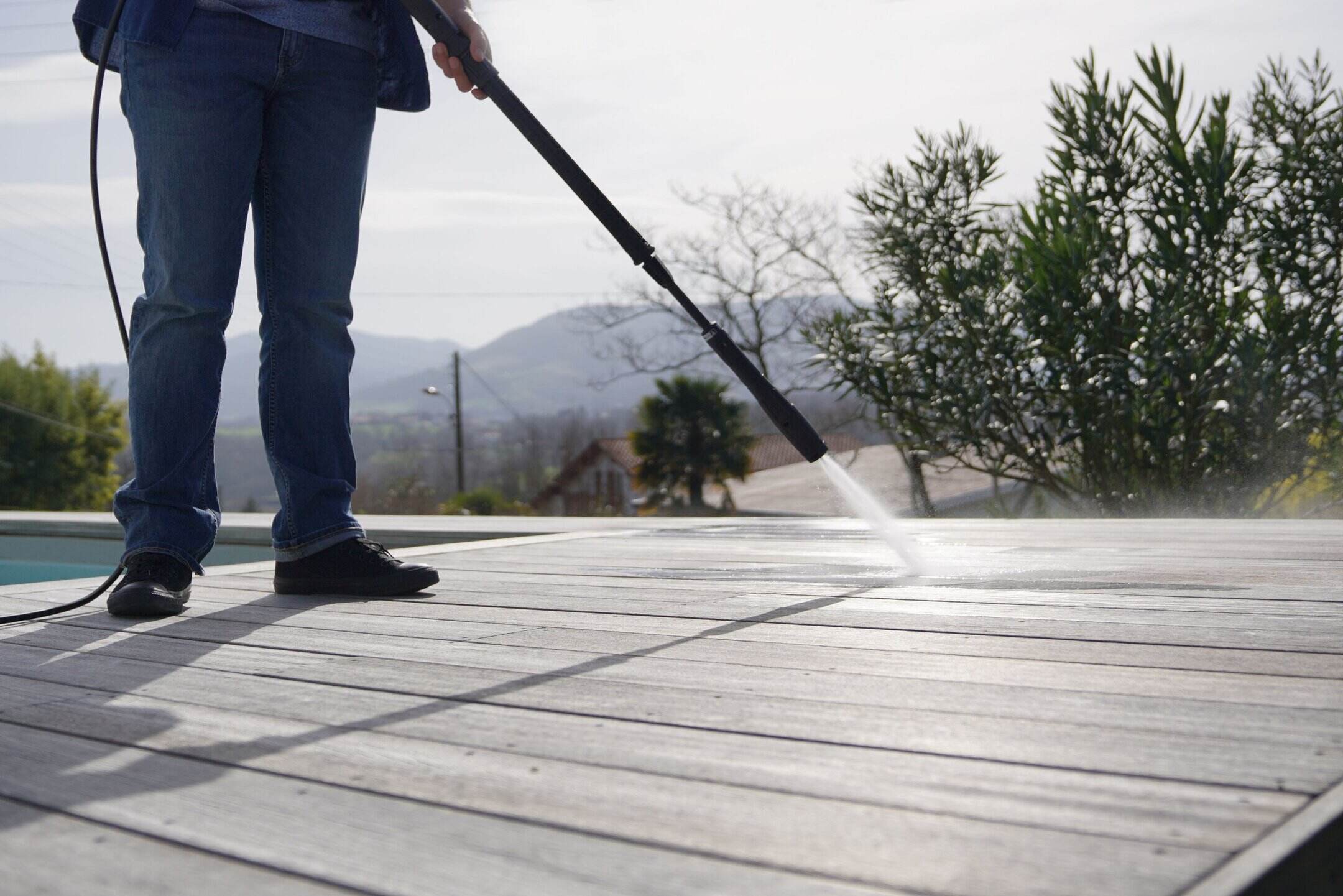
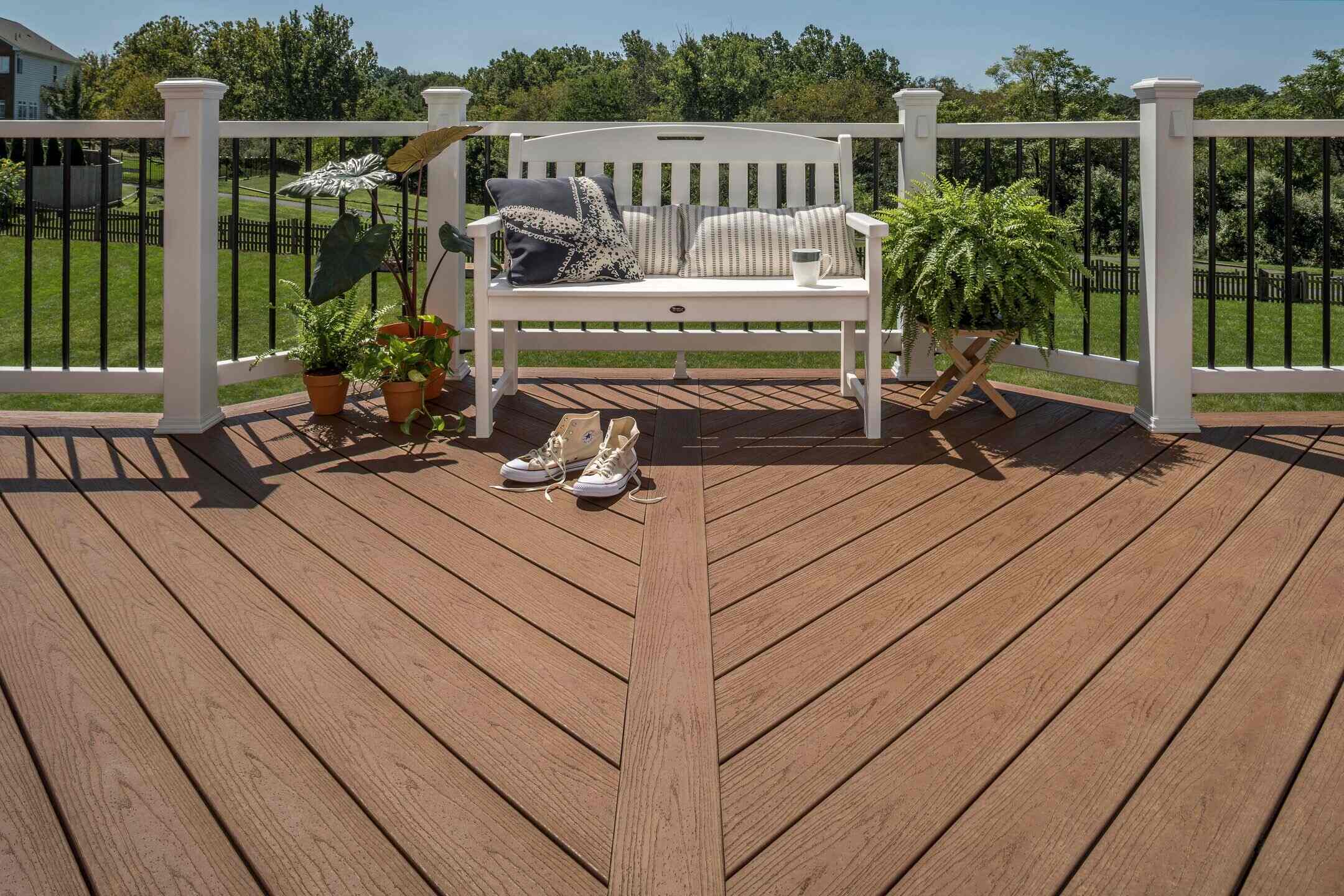
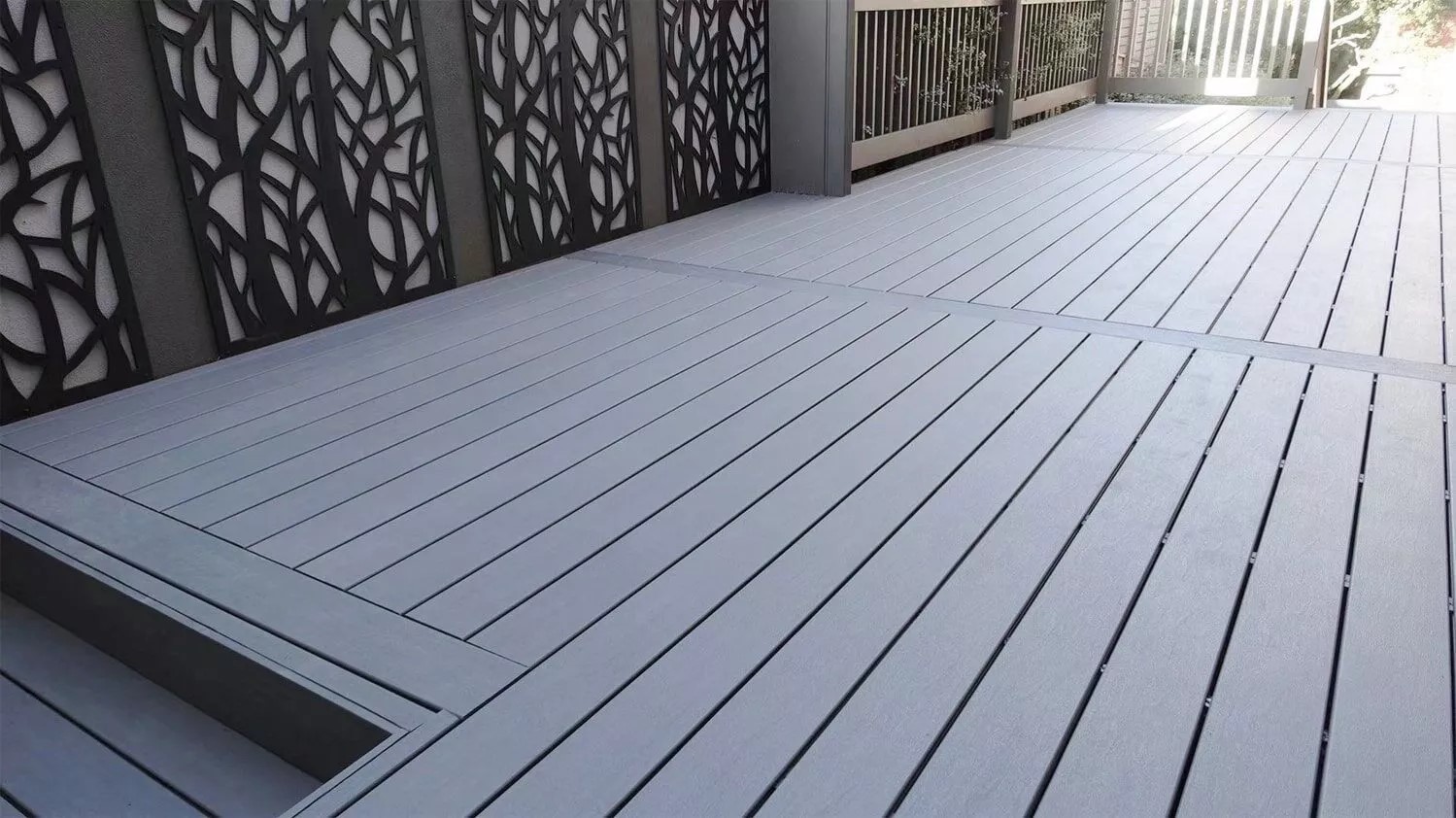

0 thoughts on “Why Does Composite Decking Have Grooves On The Bottom”